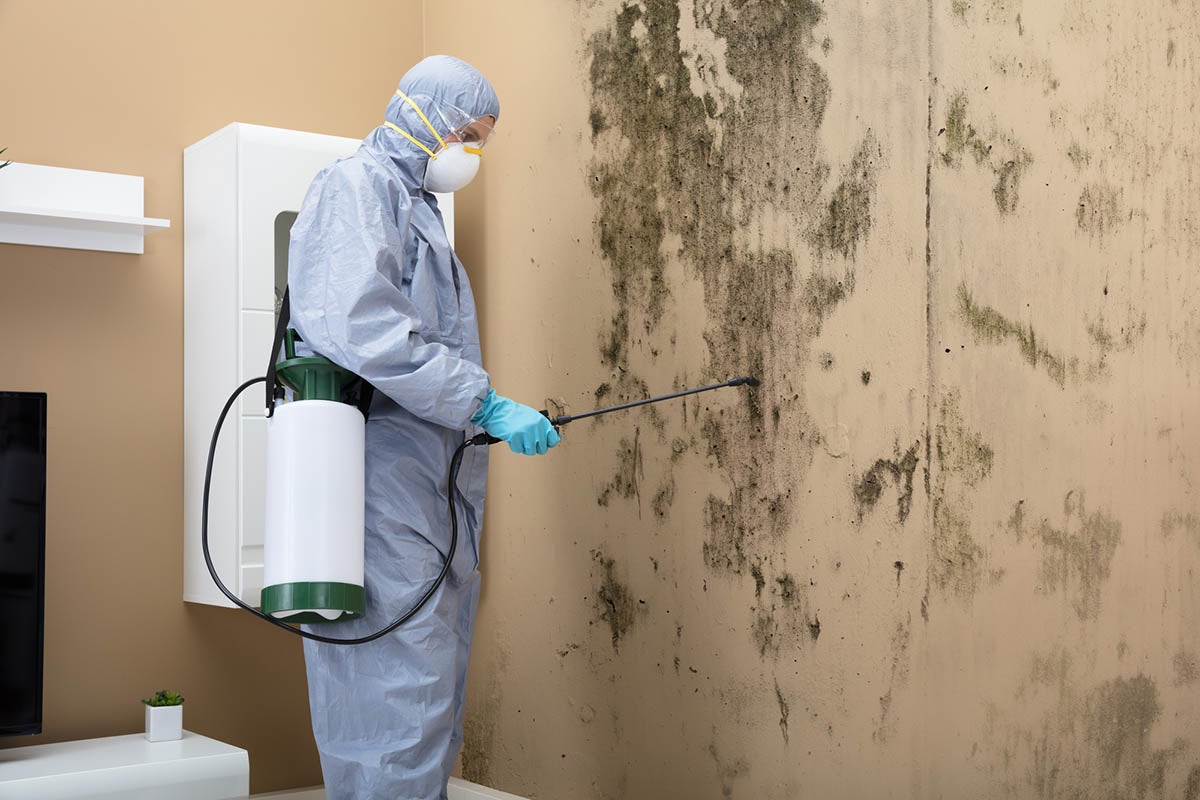Your Ultimate Overview to Message Mold Remediation Strategies
In the results of mold invasion, recognizing exactly how to effectively get rid of the mold and avoid its reoccurrence is extremely important for preserving a healthy and balanced interior environment. From choosing the appropriate cleaning and sanitizing approaches to implementing approaches for long-lasting mold and mildew avoidance, each step in the removal trip plays a critical role in making certain a successful result.
Recognizing Post-Mold Removal Process
After completing the mold and mildew remediation procedure, it is critical to comprehend the post-mold remediation methods that are necessary to ensure a thorough and efficient cleanup. When the mold and mildew has been removed, the next step involves cleansing and sanitizing the affected locations to prevent any kind of regrowth of mold and mildew.
In addition, carrying out a last evaluation post-remediation is essential to make certain that all mold and mildew has actually been successfully eradicated. This examination must involve a thorough visual check along with potentially air tasting to confirm the lack of mold and mildew spores in the air. If the inspection exposes any kind of lingering mold, added removal may be required. Educating residents on precautionary procedures such as managing wetness degrees and promptly resolving any water leaks can help maintain a mold-free environment.
Efficient Cleaning Up and Sanitizing Methods

Preventing Future Mold And Mildew Development

Significance of Proper Air Flow
Proper air flow plays a vital role in preventing wetness buildup, a crucial aspect in mold development within interior atmospheres. Reliable air flow systems aid eliminate excess moisture from the air, minimizing the opportunities of mold spores locating the moisture they require to germinate and spread. Without ample ventilation, interior spaces can end up being a breeding place for mold and mildew, resulting in possible health dangers and architectural damage.
By making certain proper air circulation, ventilation systems can also assist in drying out damp locations extra swiftly after water damage or flooding events, better discouraging mold and mildew development. Post Mold Remediation. In rooms like bathrooms, attic rooms, kitchen areas, and cellars where dampness degrees often tend to be greater, installing and preserving efficient ventilation systems is vital in protecting against mold problems

Surveillance and Upkeep Tips
Offered the important function that appropriate ventilation plays in preventing mold and mildew growth, it is crucial to establish effective monitoring and upkeep tips to make certain the continued functionality of air flow systems. Routine inspections of air flow systems ought to be performed to inspect for any indicators of obstructions, leakages, or malfunctions that can impede proper air flow. Surveillance humidity degrees within the property is also important, as high moisture can add to mold and mildew development. Mounting a hygrometer can help track moisture degrees and alert homeowners to any type of spikes that might require interest. Additionally, making sure that air filters are frequently cleansed or changed is vital for keeping the efficiency of the air flow system. Implementing a timetable for regular maintenance tasks, such as air duct cleansing and heating and cooling system examinations, can help stop concerns prior to they escalate. By staying alert and proactive to the problem of ventilation systems, homeowner can successfully minimize the risk of mold regrowth and maintain a healthy indoor atmosphere.
Conclusion
In verdict, post-mold removal techniques are crucial for guaranteeing a clean and safe setting. Recognizing the procedure, executing effective cleansing and disinfecting techniques, protecting against future mold growth, keeping appropriate ventilation, and normal tracking are all important steps in the removal procedure. By complying with these standards, you can effectively site here eliminate mold and mildew and prevent its return, working or advertising a healthy living room for all passengers.
In the aftermath of mold and mildew infestation, understanding how to properly remove the mold and mildew and avoid its reoccurrence is extremely important for maintaining a healthy and balanced indoor setting. Once the mold has actually been removed, the next action involves cleansing and disinfecting the impacted locations to prevent any regrowth of mold - Post Mold Remediation. After eliminating noticeable mold and mildew development, it is essential to clean all surface areas in the affected area to get rid of any staying mold and mildew spores. To better enhance mold avoidance actions, it is important to attend to underlying problems that at first led to mold and mildew development.Given the crucial function that appropriate air flow plays in protecting against mold and mildew growth, it is important to develop effective surveillance and upkeep pointers to make certain the ongoing capability of air flow systems